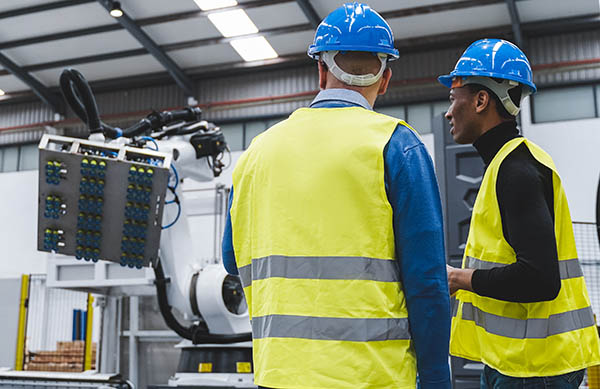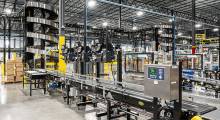Every year, we’ve heard industry observers say, “This is the year for robotics, AI, and autonomous vehicles.” But in 2022, manufacturers found new tools for productivity and supply chains sought ways to be more resilient.
Enabling technologies such as 3D printing and simulation moved from prototyping to production, and mobile robot fleets went from pilots to large-scale deployments. According to organizations such as the Association for Advancing Automation (A3) and the International Federation of Robotics (IFR), robot adoption continued to grow and set new records worldwide.
“Despite increased adoption, we’re still in the early innings,” Jeff Burnstein, president of A3, told Manufacturing Automation. “While non-automotive sectors are now surpassing automotive sectors in robot use, there are hundreds of thousands of small- and medium-size companies around the world who still haven’t automated in a wider range of industries than ever before.”
2023 robotics trends include challenges
But 2023 wasn’t without challenges, of course. COVID-19 restrictions eased in the West early in the year, but companies in China have grappled with draconian shutdowns and now a resurgence of infections. Even as China passed the U.S. in robot density, or the number of robots per 10,000 workers, companies still grappled with electronics and other component shortages.
E-commerce companies and some of the robotics vendors serving them laid off employees as demand slowed post-pandemic. However, the overall need for robots in omnichannel retail that includes both online and store fulfillment continued to grow.
Self-driving cars also hit potholes like safety problems and questions about slow returns on their investments.
Worker shortages keep up automation demand
Every robotics supplier and user we spoke with this year identified labor shortages as a key driver of robotics adoption. They predate the pandemic, of course, but every industry has complained about retiring baby boomers, a lack of interest in trades and tough warehouse jobs, and competition with other tech sectors such as biotech and healthcare.
Initiatives such as the ARM Institute’s efforts around workforce development are addressing these shortfalls. U.S. unemployment remains low in spite of recessionary fears and increasing automation. Or is increasing automation actually a cause of higher employment?
According to attendees of our webcasts, there was strong interest in robots that worked well with people, including cobot arms in welding, goods-to-person systems paired with automated storage and retrieval systems (ASRS), and collaborative mobile robots such as those from 6 River Systems or Locus Robotics. Emerging teleoperation tools and software to manage growing robot fleets also did well.
Check out the slideshow at right (below on mobile) to see Robotics 24/7’s top 10 robotics trends for 2022! Let us know what you think on LinkedIn.
Editor's note: Eugene Demaitre and Cesareo Contreras make up the editorial staff of Robotics 24/7.
Article topics
Email Sign Up





























